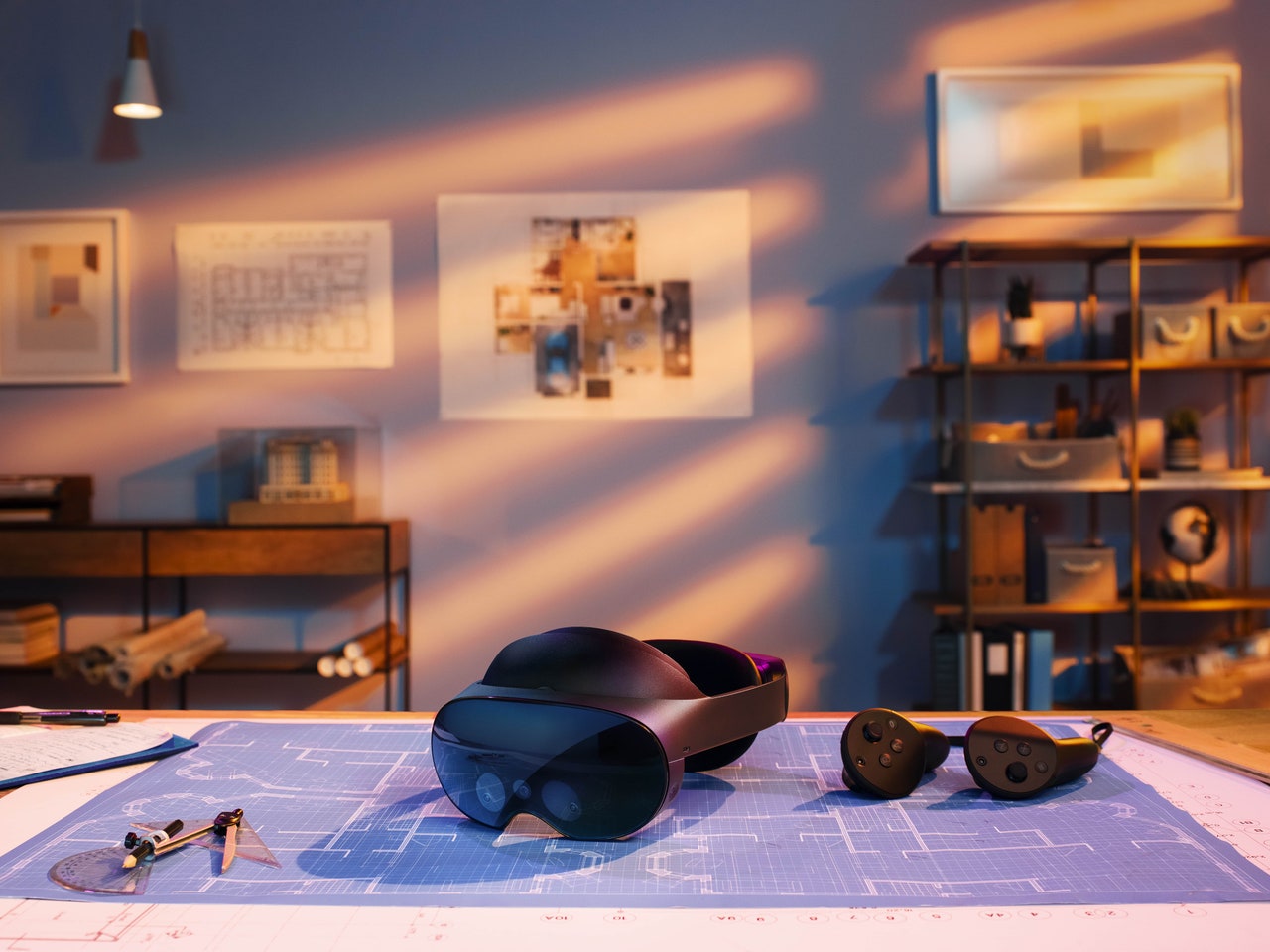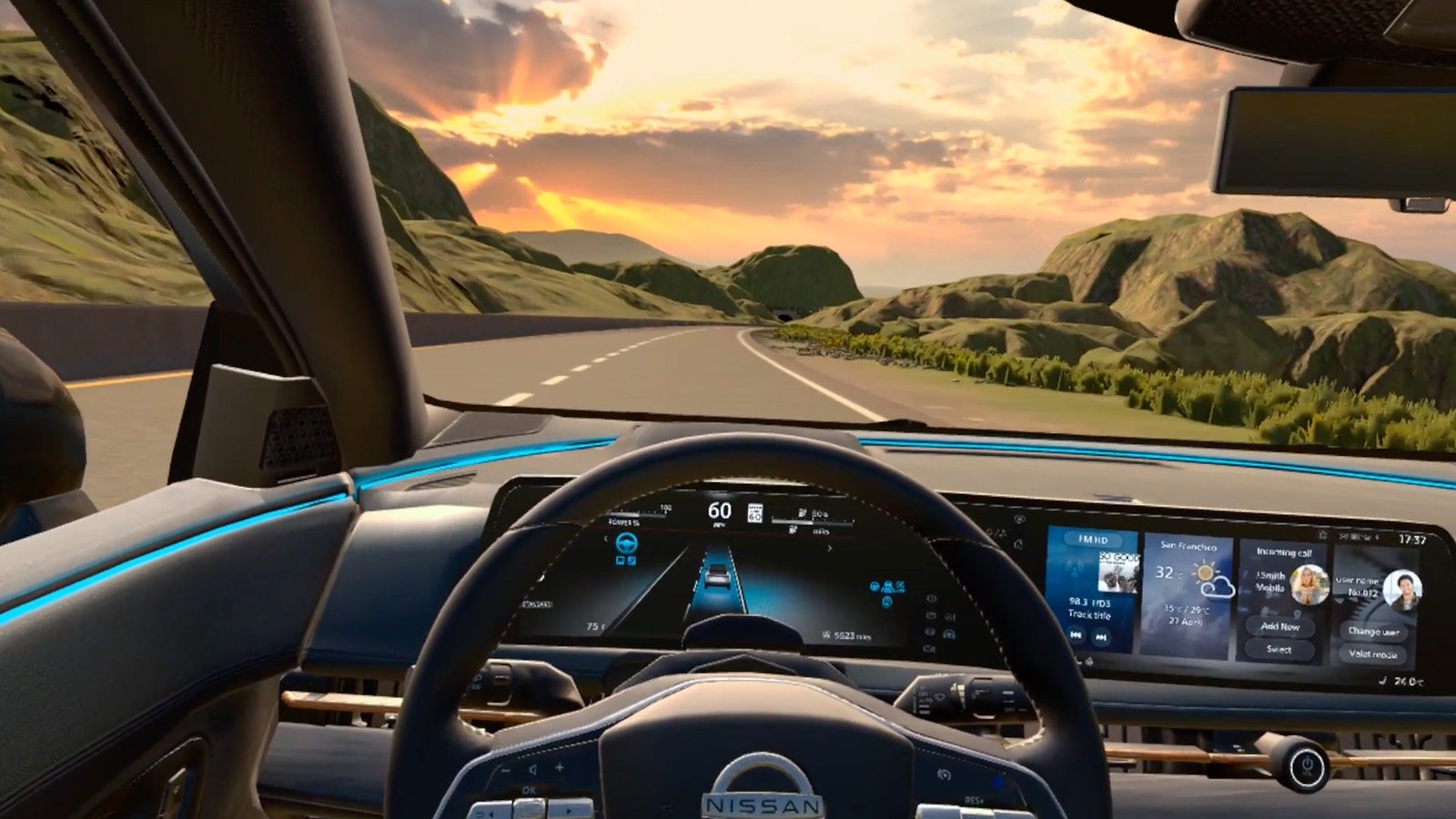The metaverse, by most definitions, is a work in progress, a multi-part and multi-party digital mega-structure. And it is still unclear when, or if, it will be plugged together. But the makings of a metaverse, from VR headsets to AR filters to virtual merch, do exist, as do multi-player games and virtual environments that approximate or pre-figure a full-blown metaverse.
Many brands are already working with this tool kit and parts and exploring their potential for virtual world-building and immersive storytelling. And, in a trial and test way, mapping new possibilities, commercial and otherwise, for mixed reality and virtual experiences.
The Japanese automotive giant Nissan is one brand exploring those possibilities, backing the launch of its new ARIYA electric vehicle in the UK with an interactive and multi-platform art experience.
Nissan commissioned and worked with five young British artists to create virtual landscapes based on their home cities of Birmingham, London, Leeds, Manchester and—the standout—Neil Keating’s cartoon Liverpool, nodding to Japanese animation (and a certain yellow submarine).
Potential customers (and the simply curious) can scan a QR code to enter Nissan’s Electrified Lab and pop through crackling portals into these imagined cities.
In the US, Nissan is offering VR ARIYA test drives for customers that can be experienced on mobile, desktop, or VR headset. Nissan bought 1,200 Meta Quest 2 headsets so its dealers can offer potential customers the most immersive experience possible.
The campaign points at multi-platform possibilities now open to brands, and the way of “creative” can work in different spaces and reach different audiences. The campaign also has a game-ish energy and sense of fun. And gamification and mass-participant gaming are already established tactics and terrain for brand activity.
Other brands have taken advantage of the more immersive possibilities of VR headsets. The German airline Deutsche Lufthansa used ‘mixed reality’ technology to render full-scale cabins in the real world, developed in collaboration with agency MSM.Digital. The immersive experience gives people a first-hand simulation of their new generation of in-flight seats and experiences.

